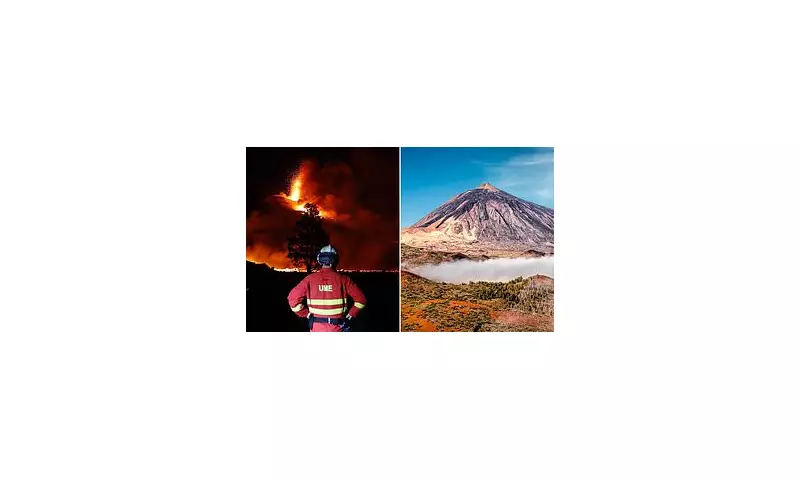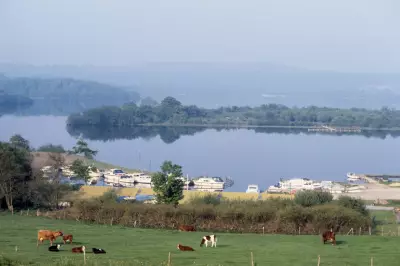
Mount Teide, the towering volcano dominating Spain's Tenerife island, is stirring with alarming intensity. Experts now estimate a 40% chance of eruption as seismic activity reaches worrying levels.
Why Mount Teide Matters
As the third tallest volcanic structure on Earth, Teide's potential eruption carries global consequences. The Canary Islands' tourism hotspot last experienced significant activity in 1909, but current monitoring shows:
- Increased gas emissions from the crater
- Swelling of the volcano's surface by 6cm
- Over 1,200 minor quakes recorded this month
Travel Impact Assessment
While authorities haven't issued evacuation orders, the Spanish National Geographic Institute has elevated the alert status. Travellers should note:
- Flight operations currently unaffected
- Popular hiking trails near the summit remain open
- Emergency protocols activated at coastal resorts
Tourism officials emphasize that "the situation is being closely monitored", with contingency plans ready if conditions worsen.
Historical Context
Teide's last major eruption in 1798 lasted three months, blanketing the island in ash. Modern volcanologists believe any new eruption would likely be:
- More explosive due to pressure buildup
- Potentially disruptive to transatlantic air routes
- Capable of triggering dangerous landslides
Scientists continue analyzing data around the clock, with updates expected daily as this developing situation unfolds.





